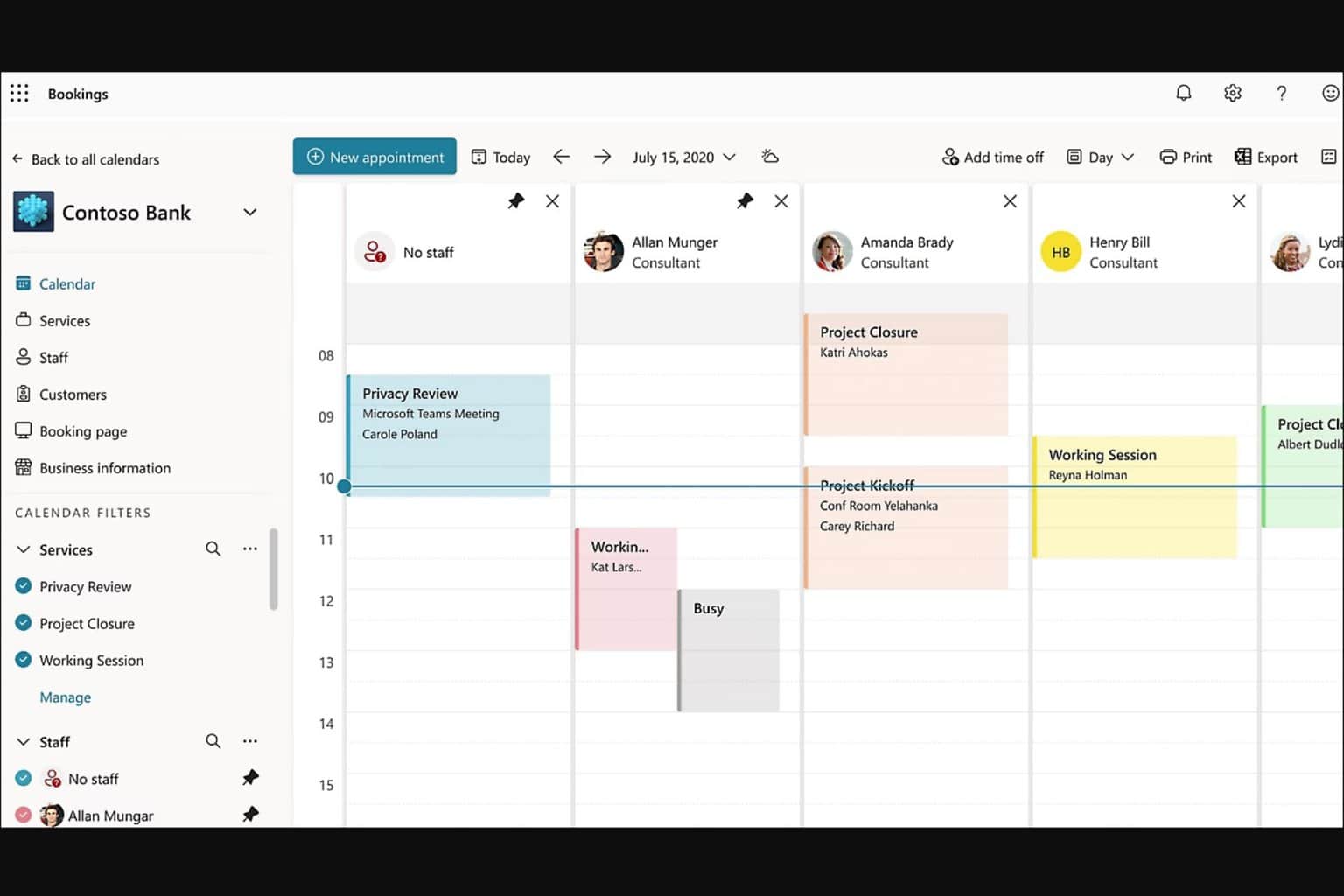Microsoft 365 lets you control your Windows diagnostic data
2 min. read
Published on
Read our disclosure page to find out how can you help Windows Report sustain the editorial team. Read more
Key notes
- Microsoft is previewing a new capability for users to control their Windows 10 diagnostic data.
- Microsoft 365 users can sign up to explore the new option, which lets them export, delete, or manage their Windows diagnostic data in compliance with relevant regulatory requirements.
- Reach for the Windows 10 Security page to learn more about data privacy and security issues/solutions for the OS.
- If you want to track updates and changes affecting the desktop operating system, check out the Windows 10 section.

Microsoft 365 users are getting the ability to manipulate or manage their Windows 10 diagnostic data in specific ways. You can sign up for the feature, which is currently live in preview.
In essence, activating this option gives you the legal status of a data controller.
Windows diagnostic data control for Microsoft 365
As you might already know, Windows 10 diagnostics have a noble objective: to help secure your system and improve your experience. But there are data privacy ramifications too, which, raise compliance issues.
That’s to be expected because, while Windows tracks user interactions with devices, apps, and the OS itself, it’s also accessing and processing personal data.
Previously, Microsoft was the sole controller of the diagnostic data. As such, it bore the full legal responsibility for determining the objectives and the methods of processing system diagnostics.
You still could have turned off Windows diagnostics if you didn’t want any party looking into potentially private data.
But now, as a Microsoft 365 user, you get the option to control your Windows 10 diagnostic data.
In the meantime, Microsoft continues being the data processor, and the outcome of the process remains the same. So, the change doesn’t compromise the quality of your Windows 10 experiences or the safety of your system data.
Microsoft explains:
Now, customers will have a third option that allows them to be the controller for their Windows 10 diagnostic data, while still benefiting from the purposes that this data serves, such as quality of updates and device drivers. Under this approach, Microsoft will act as a data processor, processing Windows diagnostic data on behalf of the controller.
If you take up the role of a Windows diagnostic data controller, you’ll get the ability to move, delete, or manage the data in line with your compliance obligations.
Regulations such as the General Data Protection Regulation (GDPR) hold enterprises and their cloud or IT service providers responsible for the safety of the personal data they handle.
In the comments section below, tell us what you think about the Windows diagnostic data control update for Microsoft 365 users.
[wl_navigator]








User forum
0 messages